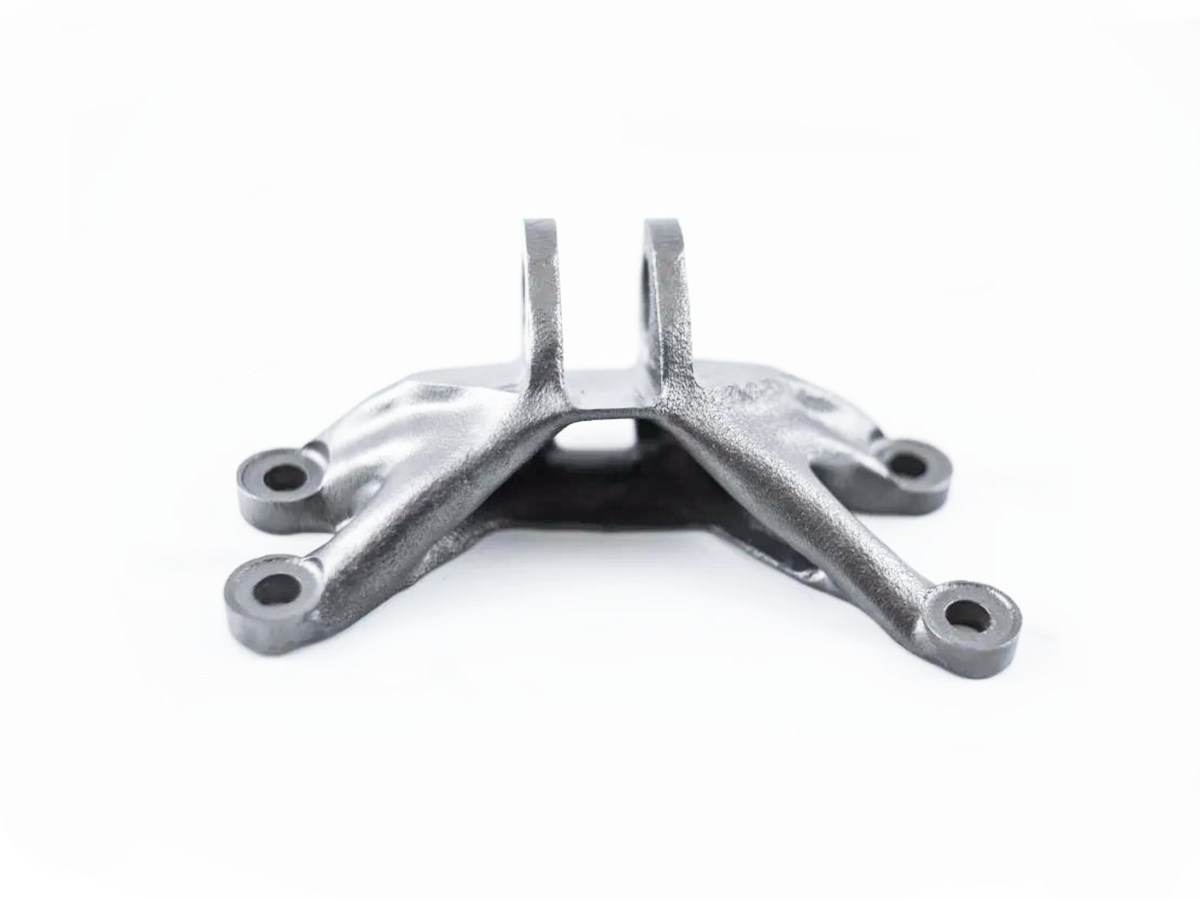How does passivation protect stainless steel in hydraulic applications?
Mechanism of protection in real hydraulic environments
In hydraulic systems, stainless steel components are continuously exposed to pressurized fluids, micro-contaminants, and cyclic loading. Even high-alloy grades can suffer from pitting, crevice corrosion, or tea-staining if machining damage, inclusions, or free iron residues remain on the surface. Passivation is a controlled chemical treatment that removes exogenous iron and enriches the chromium-oxide passive film, stabilizing the surface so it resists aggressive media and maintains sealing integrity.
From an engineering perspective, a properly passivated surface significantly reduces the risk of leakage paths forming over time at sealing bores, lands, and threaded ports. By starting from a stable CNC machining process and minimizing smear, built-up edge, and embedded particles, the subsequent passivation step can work on a clean, uniform stainless steel matrix, rather than attempting to “fix” underlying defects.
Integration with machining and finishing for reliable sealing
Effective passivation is only as good as the pre-treatment that precedes it. For precision hydraulic manifolds, spools, and valve bodies, tight-geometry features are generated through precision machining services, followed by controlled CNC drilling and CNC boring services to achieve accurate, straight sealing bores. Prototype valves and custom blocks can be validated first through CNC machining prototyping to confirm both tolerance and corrosion performance before scaling.
Once geometry is verified, a targeted stainless steel passivation service removes free iron and activates the chromium-rich surface. For critical sliding or metering interfaces, combining passivation with controlled electropolishing for precision parts further reduces Ra, minimizes micro-asperities, and limits crevice initiation without compromising bore size, provided that the parameters are engineered correctly.
Suitable materials and where passivation adds the most value
In hydraulic circuits carrying aggressive fluids or operating in harsh atmospheres, material and surface strategy must be matched:
Austenitic grades such as Stainless Steel SUS316 are widely used for their Mo-alloyed pitting resistance; duplex options like Stainless Steel SUS2205 add higher strength and chloride resistance for compact, high-pressure blocks. Where media or temperature become more severe, superalloys such as Inconel 625, Monel 400, or Hastelloy C-276 provide a robust base; passivation-style cleaning and oxide optimization help maintain low corrosion rates and protect finely machined sealing surfaces.
These combinations are particularly valuable in Oil and Gas subsea and topside hydraulics exposed to chlorides and sour service, in Power Generation systems with chemically treated water or steam-side condensate, and in demanding Industrial Equipment where contamination, vibration, and pressure cycling accelerate any weakness.
By aligning precision machining, selecting suitable alloys, and specifying passivation correctly, hydraulic components maintain dimensional stability, resist localized corrosion at seals and threads, and deliver long-term leak-tight performance with reduced maintenance requirements.



